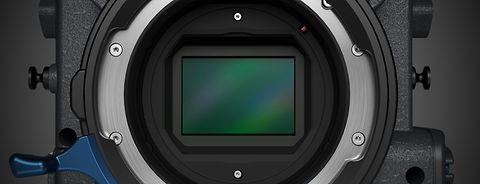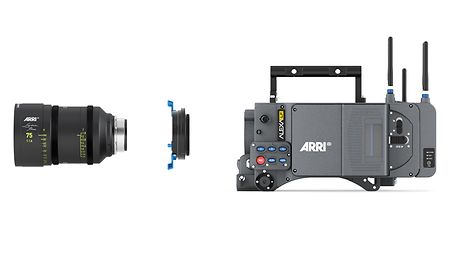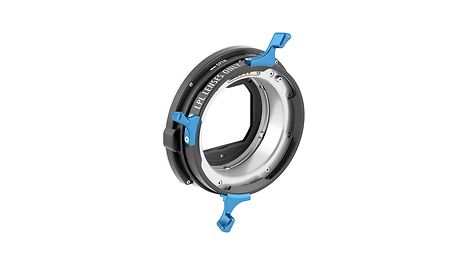Entering new dimensions
The LPL mount has a wider diameter (62 mm vs. 54 mm) and a shorter flange focal distance (44 mm vs. 52 mm) than the original ARRI-invented PL mount. These characteristics help optical designers eliminate disturbing optical artifacts.
To guarantee the highest performance across the image, light should strike the sensor at as close to perpendicular as possible. A lens that delivers such an image is called “telecentric.” This can only be achieved if a lens’s rear element is as large as the sensor that it illuminates, which is more often the case with the LPL mount.
Light striking at steep angles may not be full detected by the sensor, or lead to photo site “crosstalk” when absorbed by the wrong photo site. Also, digital cameras usually incorporate a filter package in front of the sensor, which contains an optical low-pass filter as well as spectral filters. At all points other than the center of the frame, light from a non-telecentric lens passes through this filter package at extreme angles, which causes aberrations at the frame edges. Telecentric optical designs, made possible by the LPL mount, eliminate these effects.
The shorter flange focal distance of the LPL mount aids optical designers in reducing image defects such as distortion, spherical aberration, field curvature, and chromatic aberrations in high-speed lenses (with a low T-stop number).
The LPL mount can accommodate all common digital sensor sizes, from ALEXA Mini to ALEXA 65, and allows for the design of smaller, lighter, and faster lenses with enhanced optical properties. Any lens can be used on any camera, as the lens mount will never interfere with sensor coverage.














